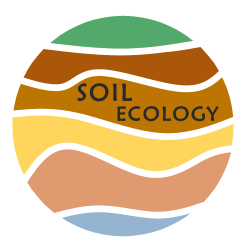| Holzinger, A; Hink, L; Sehl, E; Rüppel, N; Lehndorff, E; Weig, A R; Agarwal, S; Horn, MA; Feldhaar, H: Biodegradable polymers boost reproduction in the earthworm Eisenia fetida, Science of the Total Environment (2023), doi:https://doi.org/10.1016/j.scitotenv.2023.164670 | |
| Abstract: Microplastic contamination in soil has become a global environmental threat as it adversely affects terrestrial organisms like earthworms as well as soil properties. Especially biodegradable polymers have recently been used as an alternative to conventional polymer types, although their impact remains poorly understood. Thus, we studied the effect of conventional (polystyrene: PS, polyethylene terephthalate: PET, polypropylene: PP) versus aliphatic polyesters classified as biodegradable polymers (poly-(L-lactide): PLLA, polycaprolactone: PCL) on the earthworm Eisenia fetida and soil properties (pH and cation exchange capacity). We addressed direct effects on the weight gain and reproductive success of E. fetida, and indirect effects, like changes in the gut microbial composition as well as the production of short-chain fatty acids by the gut microbiota. Earthworms were exposed for eight weeks in an artificial soil amended with two environmentally relevant concentrations (1% and 2.5% (w/w)) of the different microplastic types. PLLA and PCL boosted the number of cocoons produced by 135% and 54% respectively. Additionally, exposure to these two polymers increased number of hatched juveniles, changed gut microbial beta-diversity, and increased the production of the short chain fatty acid lactate compared to the control treatments. Interestingly, we also found a positive effect of PP on the earthworm’s bodyweight and reproductive success. The interaction of microplastic and earthworms decreased soil pH by about 1.5 units in the presence of PLLA and PCL. No polymer effect on the cation exchange capacity of soil was found. In general, neither the presence of conventional nor biodegradable polymers had any adverse effects on any of the studied endpoints. Our results suggest that the effects of microplastic highly depend on the polymer type, and that the degradation of biodegradable polymers might be enhanced in the gut of earthworms, which implies that they may use biodegradable polymers as a potential carbon source. |

